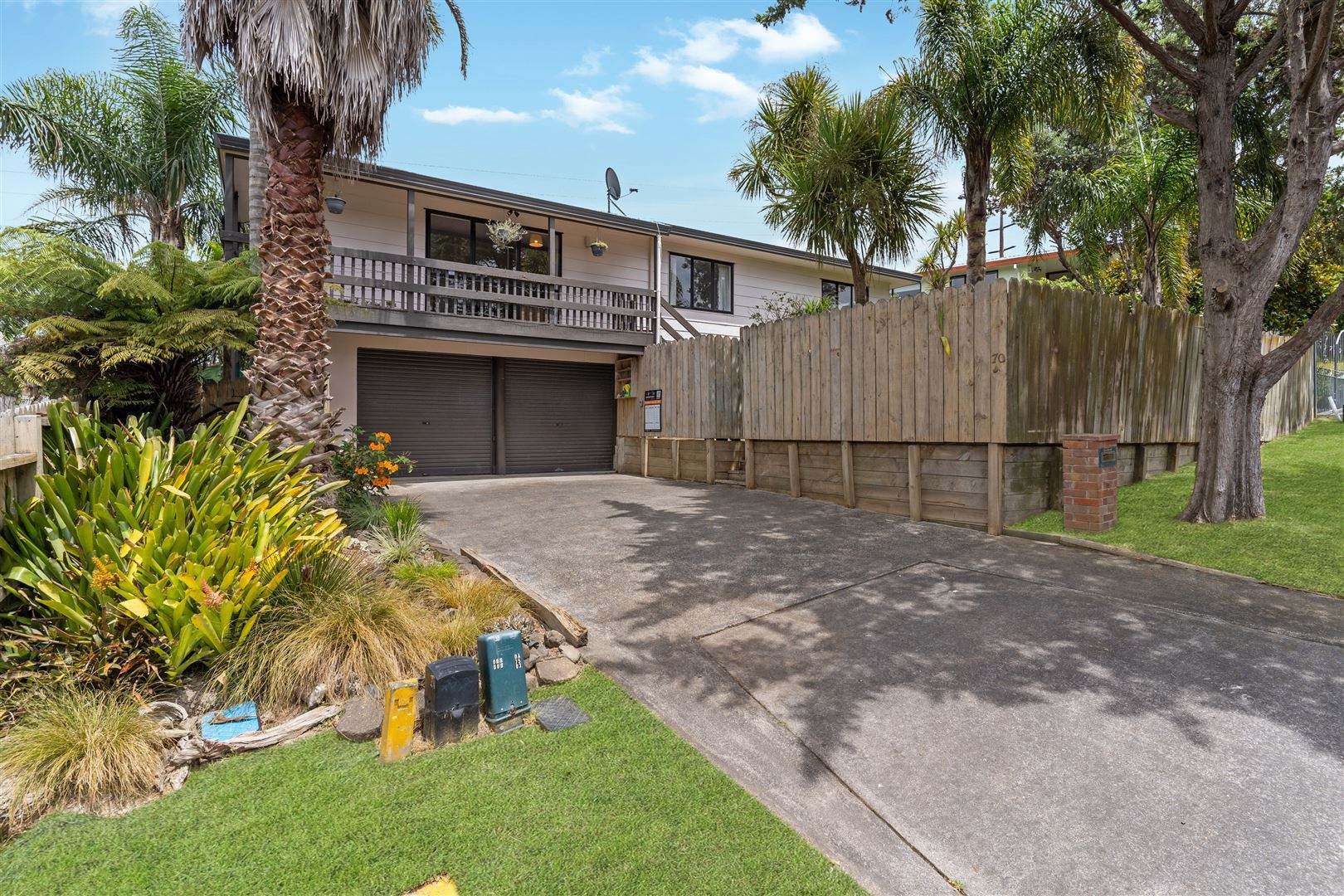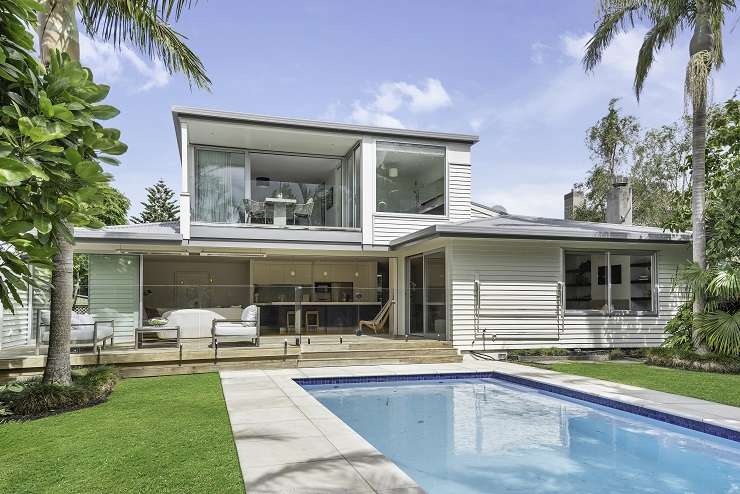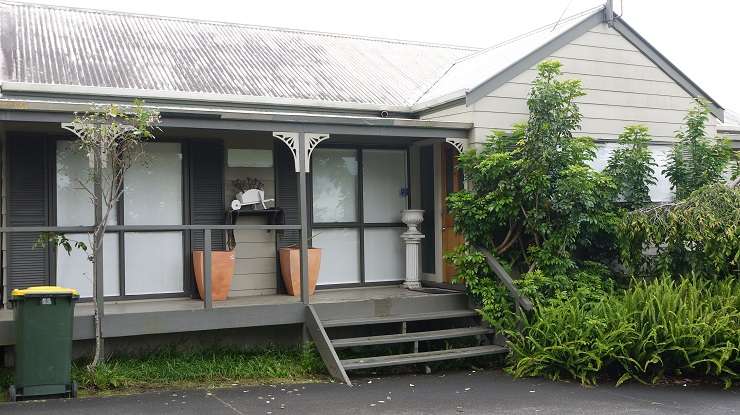Figures released by the Real Estate Institute of New Zealand earlier this month highlighted that house sales in January had dropped to their levels since 1992 in some regions, with the average sale price dropping month on month 1.5% nationwide and falling 2.6% in Auckland.
The market shift is apparent in Auckland’s auction rooms, where more and more properties are passing in.
At Barfoot & Thompson, one of Auckland’s biggest auction agencies, just one third of the 370 properties that had been taken to auction between February 8 and February 18 had sold under the hammer.
The clearance rate for the period was down from the 46% rate recorded for the period covering the second half of January.
Start your property search
That’s quite a change from the 78% clearance rate the agency recorded in the six weeks to the end of October, when 910 properties sold under the hammer.
Barfoot & Thompson auctioneer Murray Smith said that properties at the upper end of the market were proving easier to sell, as wealthier buyers were not so dependent on mortgages and had easier access to money, but mid-range properties in the city were struggling.
“It is funny that we’re now calling $2m mid-range. In general, we’ve got good interest in properties, but it’s [a challenge] getting people over the line."
Smith said that in cases where the property passes in at a reasonable price and there are bidders willing to pay, “that’s the owners not accepting the new world we’re in now”.
“But if something passes in with no bids, either the agent hasn’t found the buyers in the right bracket or the bidders are not getting finance,” he said.
“We had this on a property this week, where all three bidders who’d registered pulled out.”
The tighter lending rules had reduced the risk of an uptick in mortgagee sales, which happened during the 2008 GFC, Smith said.

A three-bedroom house on Totaravale Road, on Auckland's North Shore, sold for $1.355m. Photo / Supplied
He said some buyers might be losing out if they skipped auctions, as the lack of other bidders might work in their favour.
“You might be there for the odd little opportunity, the owners might go ‘we’ll take that’. You don’t know what their situation is - they might be under pressure.”
On Auckland’s North Shore, Harcourts Cooper & Co owner Martin Cooper noted that there was definitely less urgency from buyers.
“Sellers are looking back at last year’s 20 to 30% price increases, so there’s an expectation gap between sellers and buyers,” he said.
“The median prices have dropped for the bulk of the market, which sits under $2.5m.”
He pointed out that buyers, once they’ve looked at 10 or 15 properties on their search, know the price points and values, unlike vendors.
“Buyers become quite expert over a short period of time. They form their opinions and quickly engage.”
Cooper too pointed to tougher lending rules affecting not only first home buyers, but also those moving up the ladder. The days of three to five bidders per property were gone, he said, so sellers needed to adjust.
“If you’re just shooting for moonbeams, then buyers won’t pay. But sales are still happening, if people want to transact. We're back to the first offer is the best offer, compared to last year,” he said, adding that the company had a clearance rate of 70% since January.

A buyer paid $5.365m for a four-bedroom home on Allum Street, in Auckland's Kohimarama. Photo / Supplied
Harcourts agent David Ding had four bidders competing for a three-bedroom 1980s house on Totaravale Drive, in Totaravale, last month. The property, which sold for $1.355m, was a perfect example of the new reality for auctions, he said.
He said the vendors had understood the market, and had accepted a pre-auction offer of $1.1m in the hope it would bring out more buyers. Six years ago, the vendors paid $690,000 for the house.
“It is important that the vendor is realistic,” Ding said.
“And agents too, in the appraisal stage. Last year, you could over-estimate by 5% to 10% and the market would take care of that a month later. Now you can’t over-promise.”
Ding said that, like with any change, vendors would be shocked at the new property climate, but would eventually get used to it. The downturn, he said, was partially being driven by a retreat from the market by developers and speculators, who were responsible for 80% of sales of properties with any potential for density.
“Vendors need to adjust expectations; we can’t recreate the comfort of last year. But they do need to realise that these prices are same as the start of 2021 – it's not back to 2018 or 2019.”

Nine bidders competed at the mortgagee sale of a house on Sharland Avenue, in Manurewa. Photo / Supplied
Ray White chief auctioneer John Bowring told OneRoof that while clearance rates had dipped to around 60%, and the average number of bidders per lot had dropped from a high of seven or eight to more like two or three, properties were selling.
“It’s just hard for some vendors to get their heads around how the market has moved.”
The bottom and top ends of the market were holding well, he said. For example, a three-bedroom home in Sharland Avenue, in Manurewa, fetched $895,000 as nine bidders pushed the mortgagee sale well past the expected $700,000 estimate; and a stylish four-bedroom with a pool house on Allum Street, in Kohimarama, sold for $5.365m
The middle of the market, however, had changed.
“Last year, my three-year-old could have put out a banner and sold a house,” he said.
“I keep saying to agents the days of 35 groups through on an open home are over. Agents need to use their databases, have conversations with buyers, with sellers, to keep people coming through the door. There are not 10 buyers. You’ve got to lay out the red carpet.”
He added: “The last 18 months weren’t normal, they were totally abnormal.”
















































































